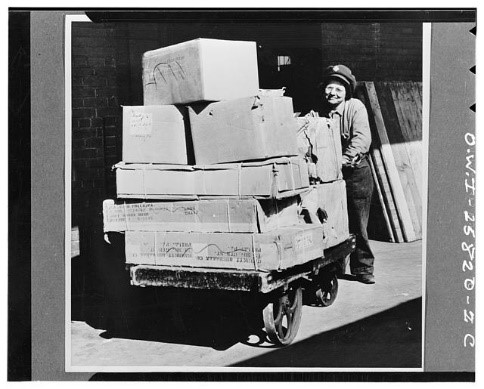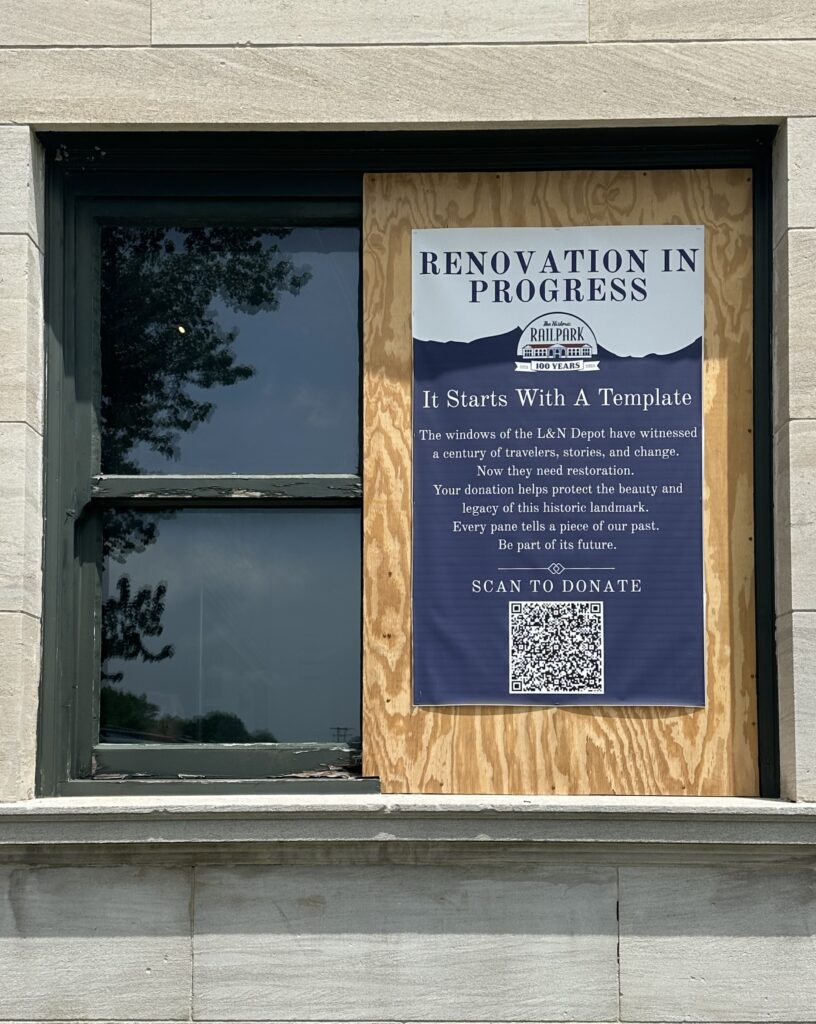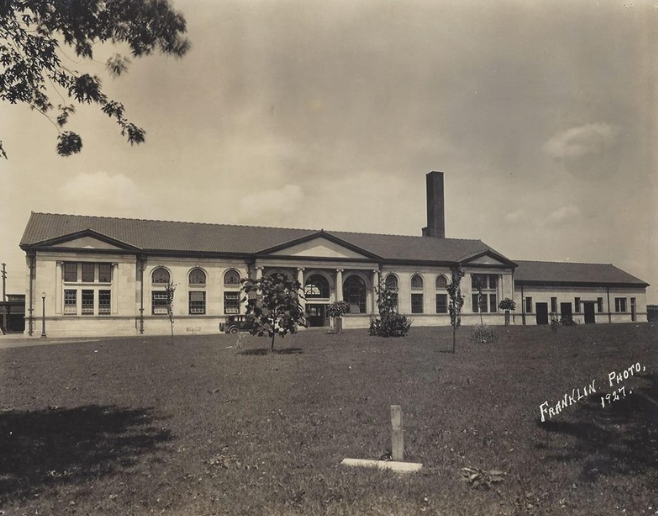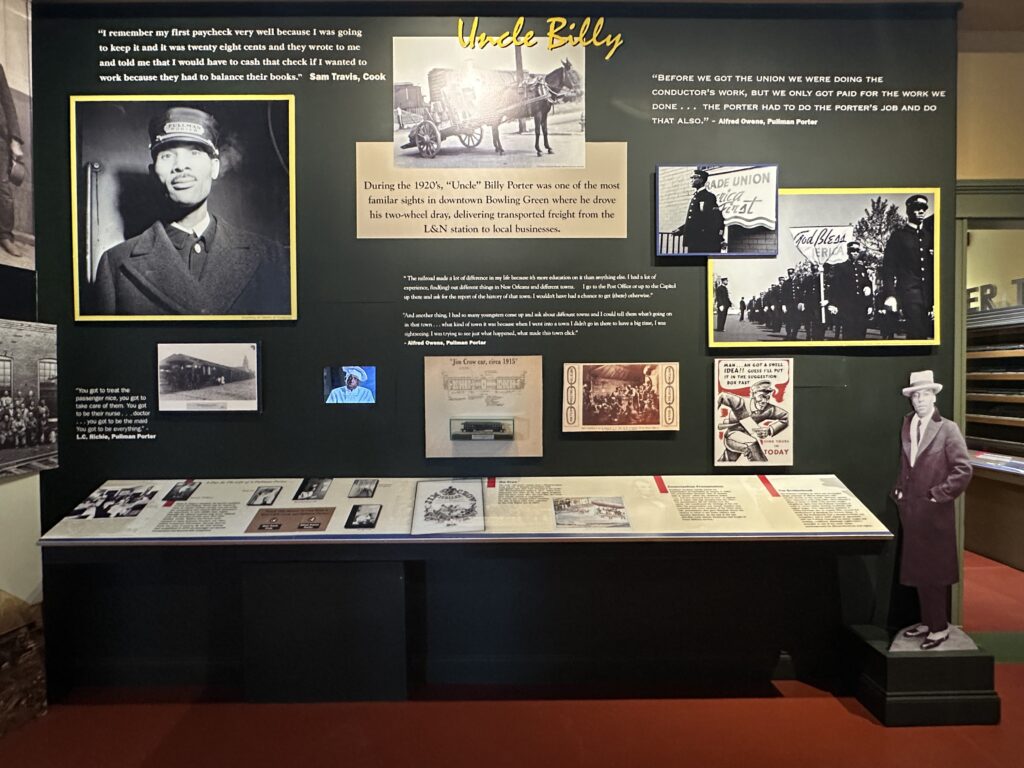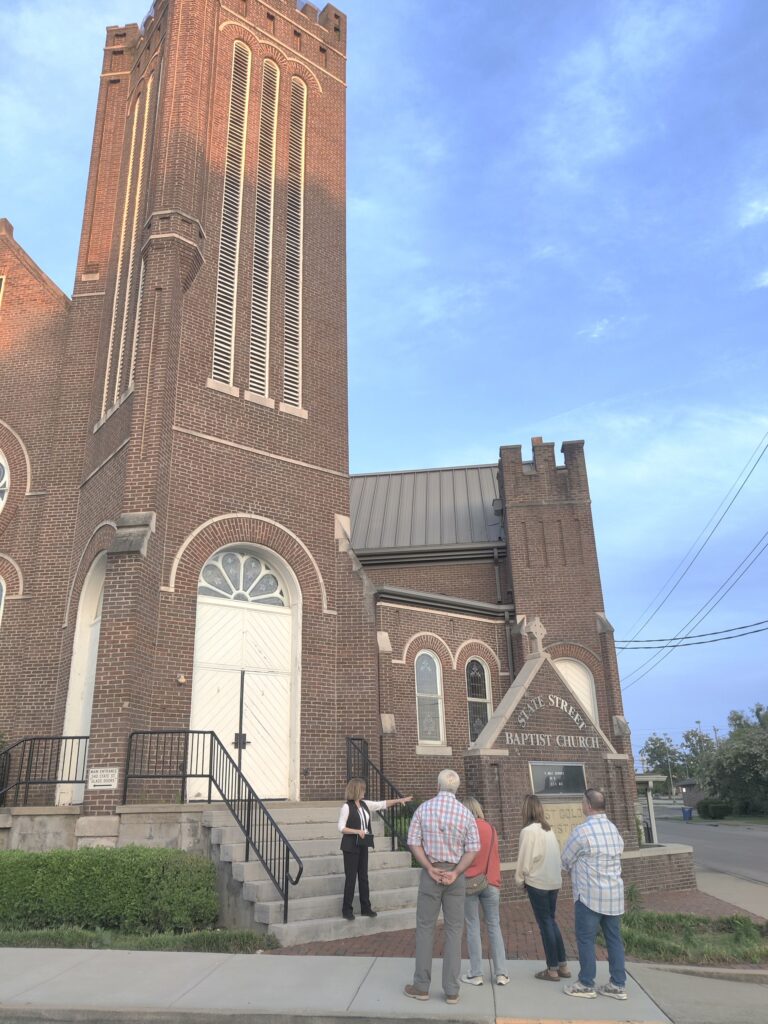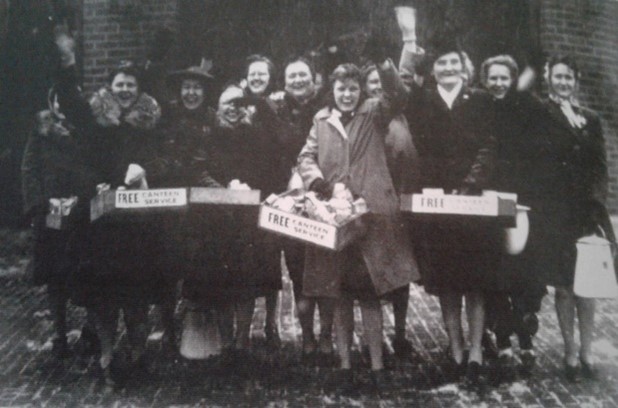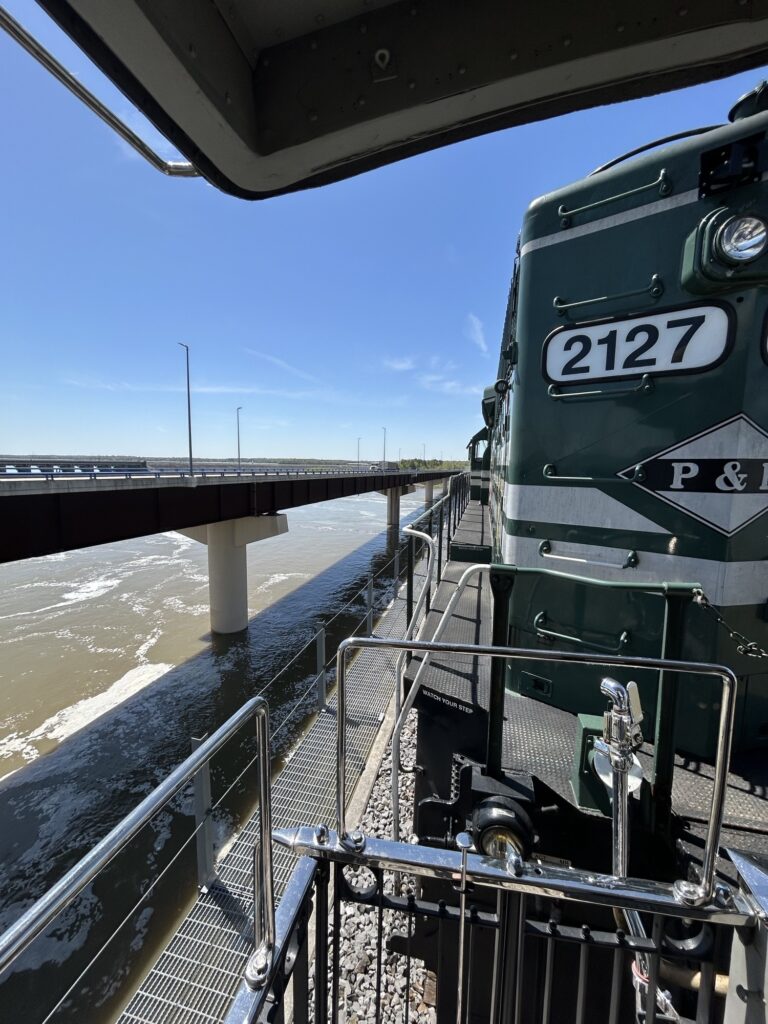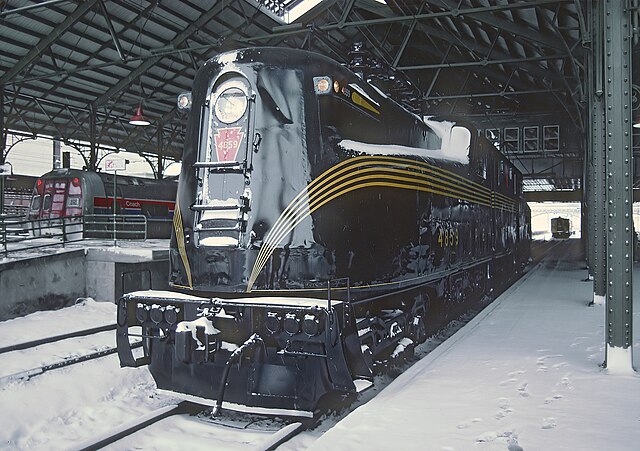Women in Railroading During World War II Pt 2.
World War II marked a transformative era in history, not only for the geopolitical landscape but also for societal norms and expectations. As the war effort demanded an unprecedented mobilization of resources and manpower, women stepped into roles traditionally reserved for men, breaking barriers, and challenging stereotypes. One of the lesser-known narratives of this period is the remarkable contribution of women to the railroad industry.
Photos showcase the roles women stepped into including a woman working as a Mechanical Helper on the Baltimore & Ohio Railroad from 1940-1945, showing the hands-on contributions of women in maintaining and repairing the rail infrastructure. Besides becoming mechanics women also took on a variety of other important railroad jobs such as breaking through occupations as baggageman, conductors, switch tenders, and so much more. These roles showcased how women’s impact on the railroad is tied to every part of railroading, from infrastructure, and maintenance, to engineering, construction, and logistics.
In 1942, the Louisville and Nashville Railroad employed 600 women, a number that soared to nearly 3,500 by 1945. This remarkable increase in female employment during the war years underscores the industry’s recognition of women’s capabilities and the vital role they played in maintaining and operating the railroads.
As we reflect on this chapter in history, let us celebrate the resilience and trailblazing spirit of the women who played a crucial part in keeping the wheels of the railroad turning during a time of unprecedented change.
When visiting the Historic RailPark & Train Museum you will see our expanded “Women In Railroading” exhibit. The exhibit features information on the jobs women had, pay, Rosie the Riveter, Kathryn Brown-Gilbert, and so much more.


